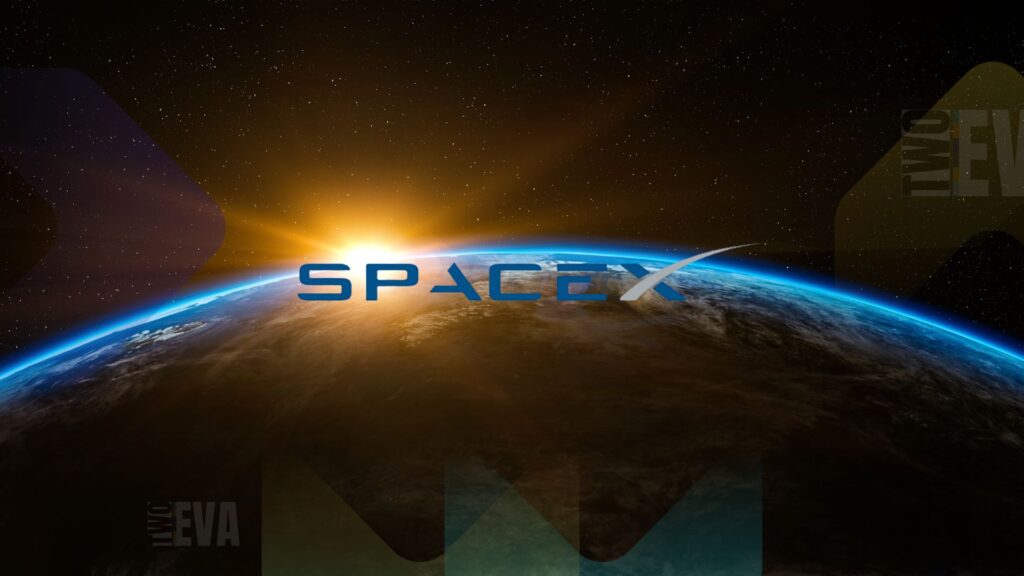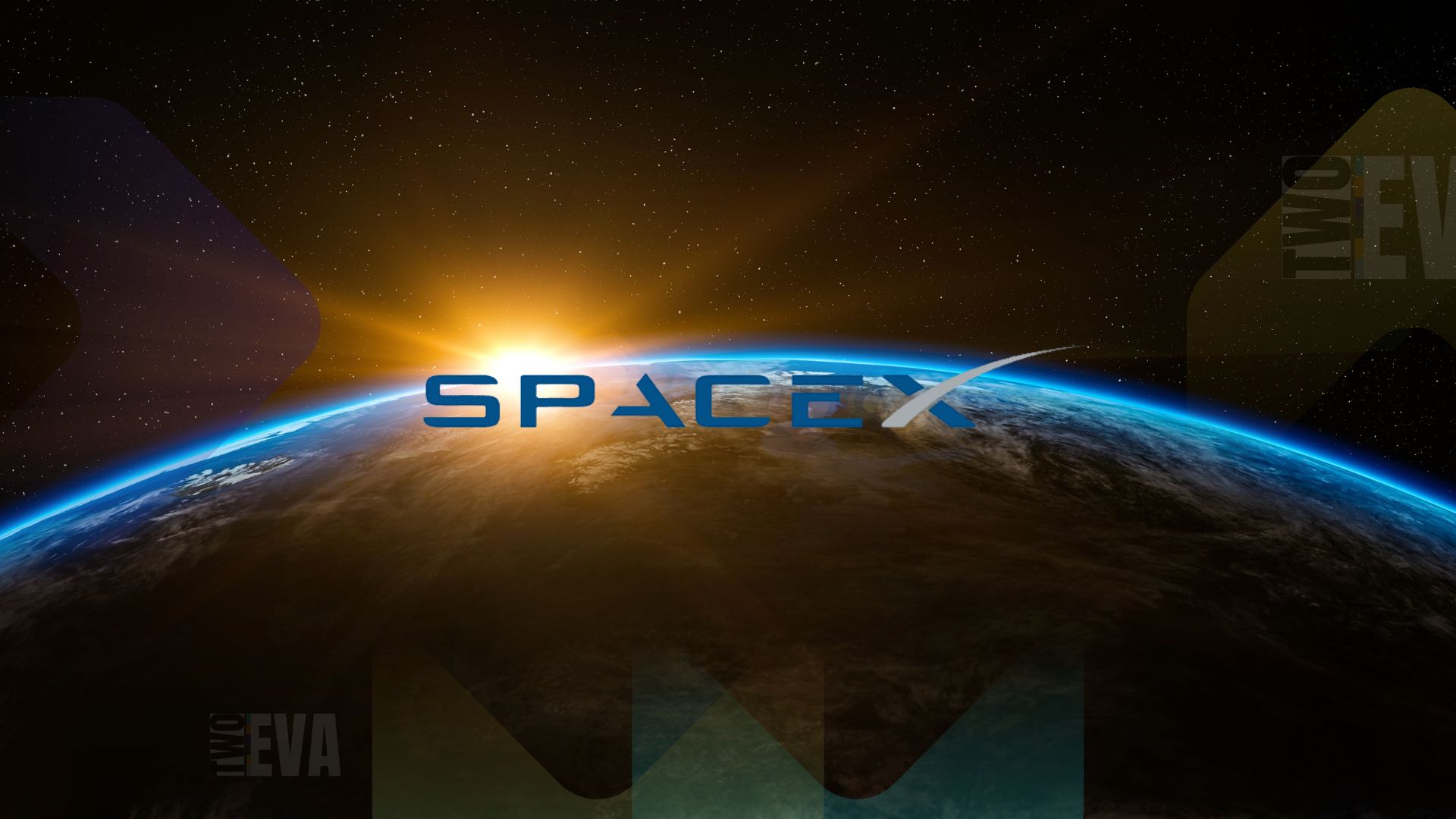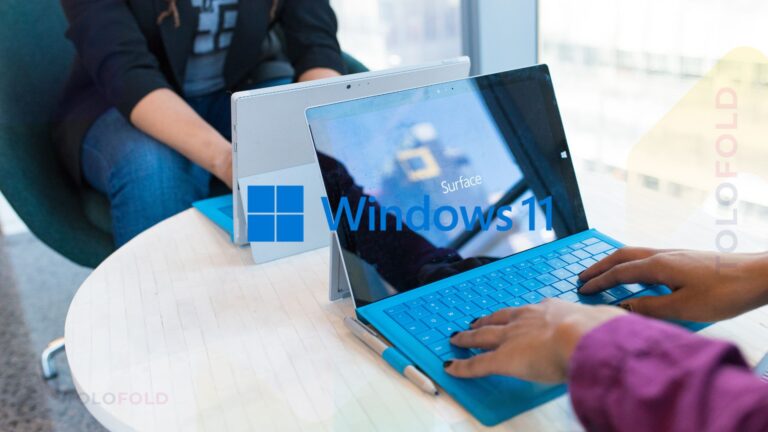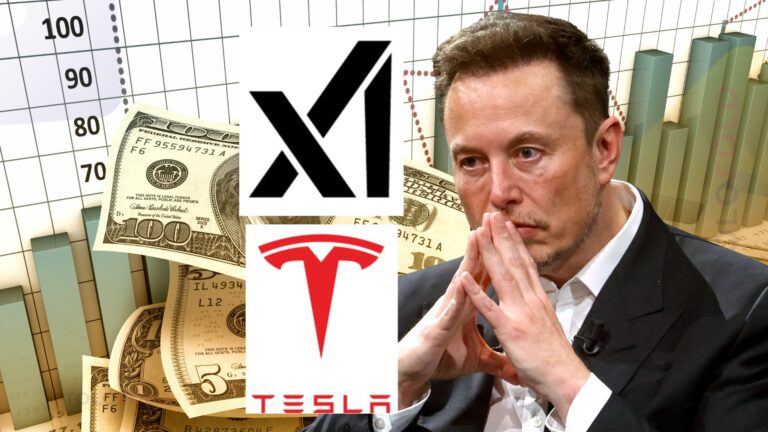Unprecedented Investor Confidence: SpaceX Tops Boeing & Lockheed as $400B Funding Round Gains Momentum
SpaceX is negotiating a new funding round that would place its valuation at an estimated $400 billion, potentially making it the world’s most valuable private company. The round, which combines fresh capital with a secondary share sale to provide liquidity for insiders and early investors, is expected to finalize in the coming weeks, pending market conditions and investor interest. This leap would firmly position the company ahead of aerospace giants Boeing and Lockheed Martin, a testament to growing confidence in its technological leadership, particularly in reusable rockets and satellite broadband via Starlink—now accounting for over half of SpaceX’s annual revenue.
SpaceX’s Rise to Dominance
How did SpaceX surpass legacy players like Boeing and Lockheed in valuation? The answer lies in its aggressive innovation and revenue diversification. Since its founding, SpaceX has pushed boundaries with reusable rocket technology, significantly reducing launch costs through the Falcon 9 program. Late last year, a share buyback valued the company at $350 billion—then the highest for a U.S. private firm.
Starlink’s rapid expansion has been pivotal, reaching millions of global subscribers and contributing substantially to revenue. Unlike traditional aerospace firms reliant on government contracts, SpaceX’s vertically integrated model—combining rocket manufacturing, satellite deployment, and internet services—has attracted institutional investors betting on scalable, recurring revenue streams.
Investor Confidence: What’s Driving It?

Several factors explain the enthusiasm for SpaceX’s latest funding round. First, Falcon 9’s reliability has set new industry benchmarks, reassuring investors of the company’s execution capability. Second, Starlink’s growth trajectory—projected to hit 6 million subscribers by mid-2025—adds a predictable income layer rarely seen in aerospace ventures.
Third, the funding round’s structure plays into its appeal. By offering liquidity to early investors and employees via secondary sales, SpaceX mitigates retention risks while allowing external investors rare access to a private asset. Recent Starship test flights have also bolstered confidence after earlier setbacks, reinforcing momentum for the raise.
How Will the Funds Be Used?
- Starlink Expansion: Accelerating satellite launches, global service rollout, and network upgrades to strengthen its lead in low-latency internet.
- Starship Development: Scaling test flights, manufacturing, and infrastructure, particularly at its South Texas facility, to advance deep-space missions.
This dual focus underscores SpaceX’s strategy: locking in near-term commercial dominance while investing in long-term interplanetary ambitions.
Risks Amid Optimism
Analysts caution that SpaceX’s $400 billion valuation brings heightened expectations. Starship’s technical hurdles, regulatory scrutiny over satellite spectrum, and competition from rivals like Amazon’s Project Kuiper pose challenges. However, experts note that SpaceX’s vertical integration and first-mover advantages position it to navigate volatility.
Market Implications
The funding round could set a precedent for private unicorns seeking liquidity without going public. As discussions continue, the final valuation may shift, but SpaceX’s ascent reflects a broader investor shift—prioritizing innovation and scalability over traditional aerospace models.
For now, all eyes remain on how SpaceX leverages this capital to cement its lead in the final frontier.
TechCrunch reports that the deal’s terms, including pricing, are still under negotiation.
- Current Valuation Target: ~$400B (up from $350B in Dec. 2024)
- Starlink’s Revenue Contribution: >50% of SpaceX’s annual income
- Funding Structure: New capital + secondary sale for employee/insider liquidity
- Projected Starlink Subscribers: 6M by mid-2025, with plans for up to 22K satellites
- Final deep-space missions







